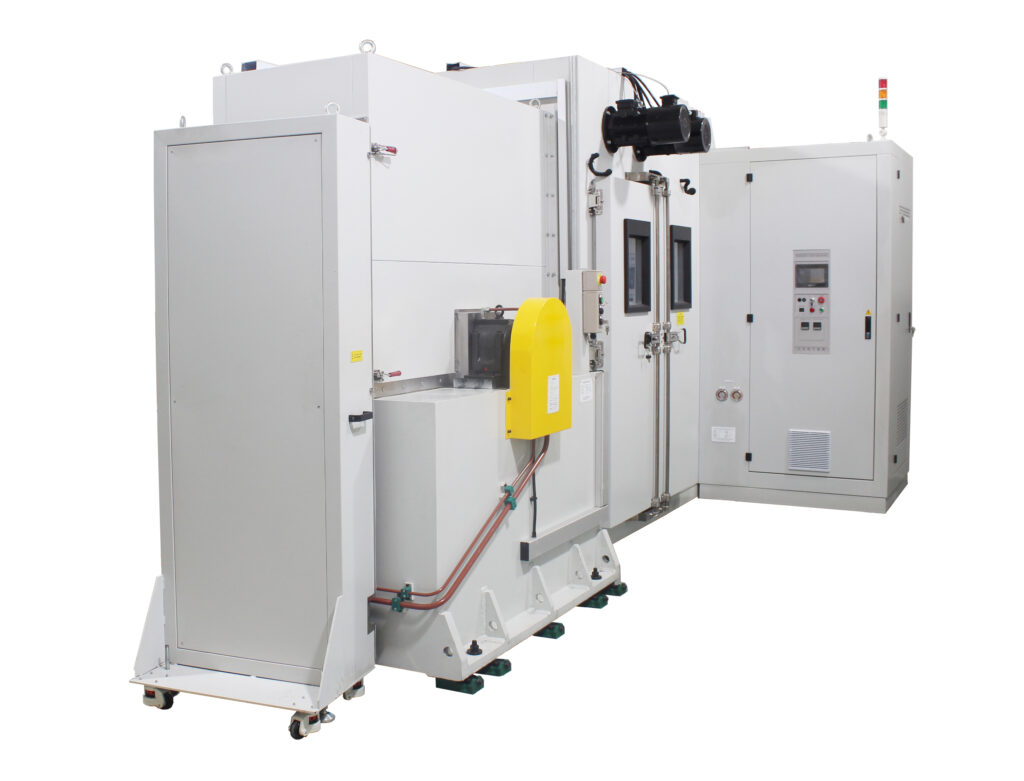The effects of temperature on tire rolling resistance – which could be of great significance to EV range – have been investigated in a new white paper from Smithers. Current test methods and standards may not be comprehensive enough to get a full understanding of a given tire’s rolling resistance in the real world.
This information is important to know because alongside battery performance, tire rolling resistance at low temperatures has been highlighted as a factor that could significantly affect electric vehicle range – and therefore needs more analysis.
“Current rolling resistance test methods only focus on tire performance at an ambient temperature of 24°C (75°F) or 25°C (77°F), but real-world applications span a much broader range of operation,” noted Henry He, co-author of the whitepaper and general manager of Smithers’ materials science and engineering division in Suzhou, China. “This paper combines theoretical analysis and experimental methods for exploring the rolling resistance of tires at other temperatures.”
In their studies, He and co-author Edward Zhang, lead technical engineer, utilized the high- and low-temperature rolling resistance testing machine at the Smithers tire and wheel testing laboratory in Suzhou, China, which went into operation in August, to gather fresh test data.
“Our research shows that, theoretically, tire rolling resistance at low temperatures is greater than at room temperatures. This highlights the importance and necessity of conducting rolling resistance testing at different temperatures, not just ambient temperature, to understand true vehicle fuel efficiency in a wider range of real-world conditions,” said He.



